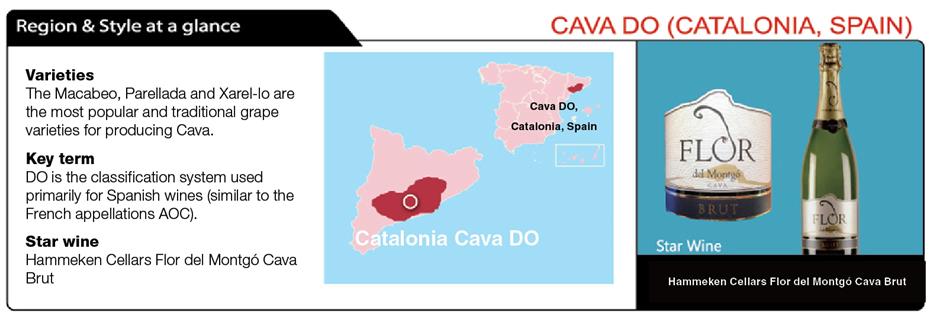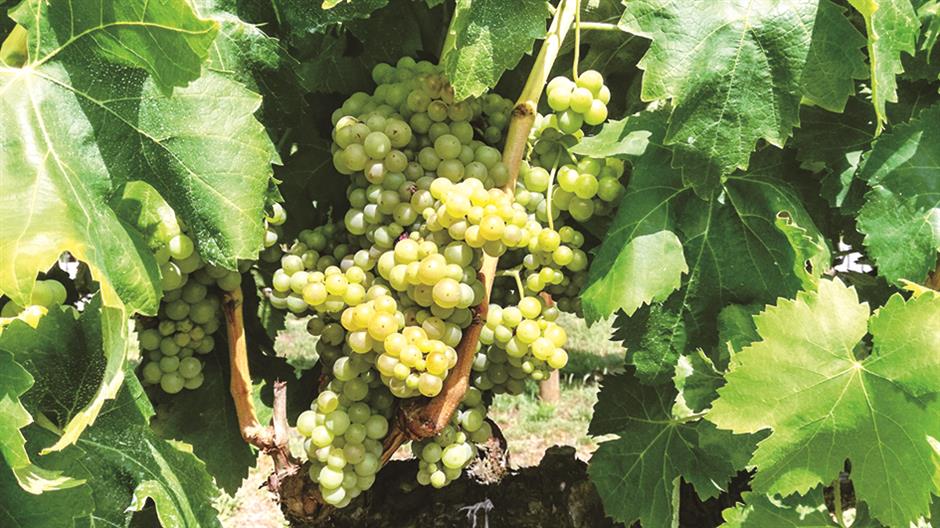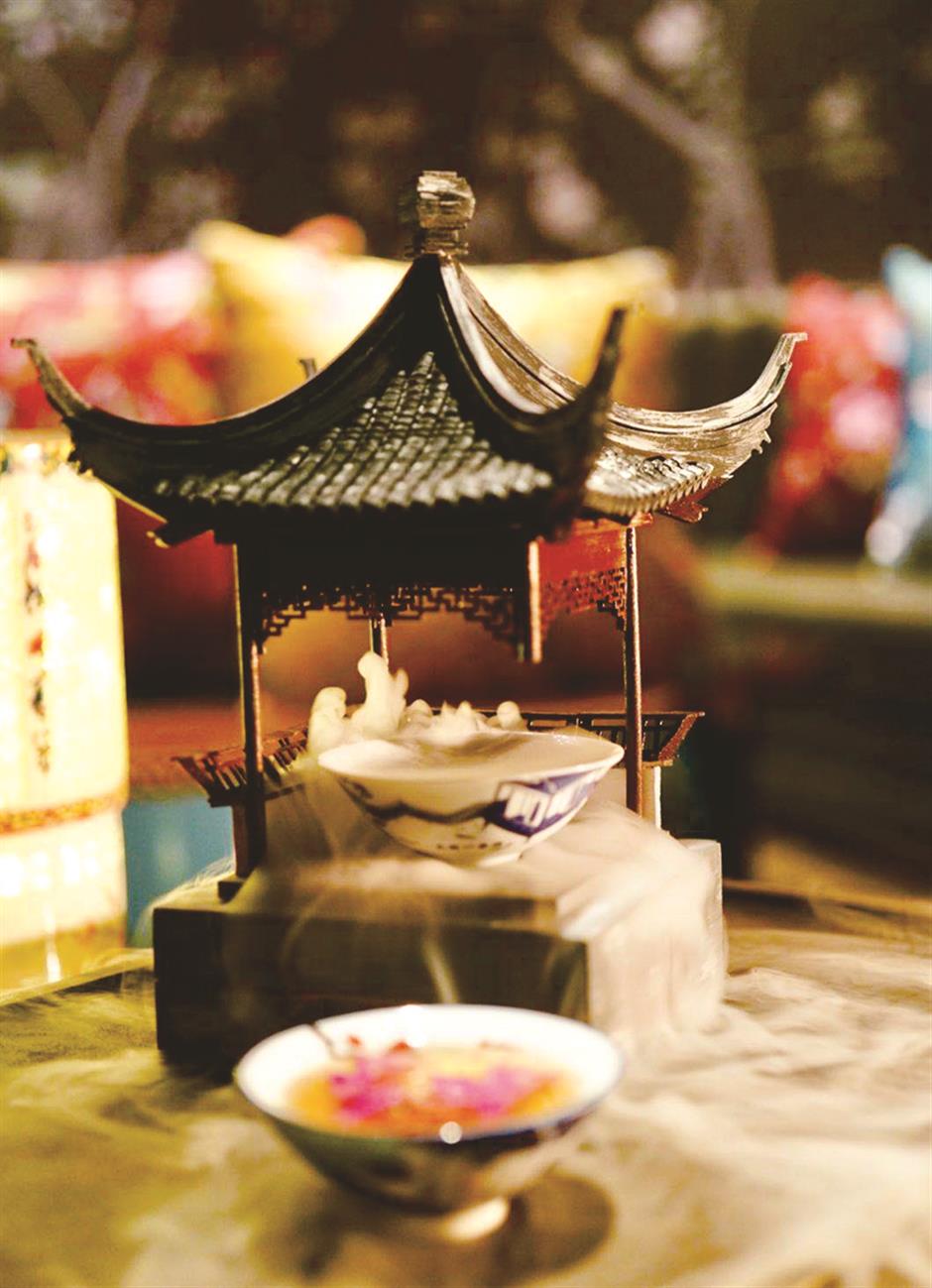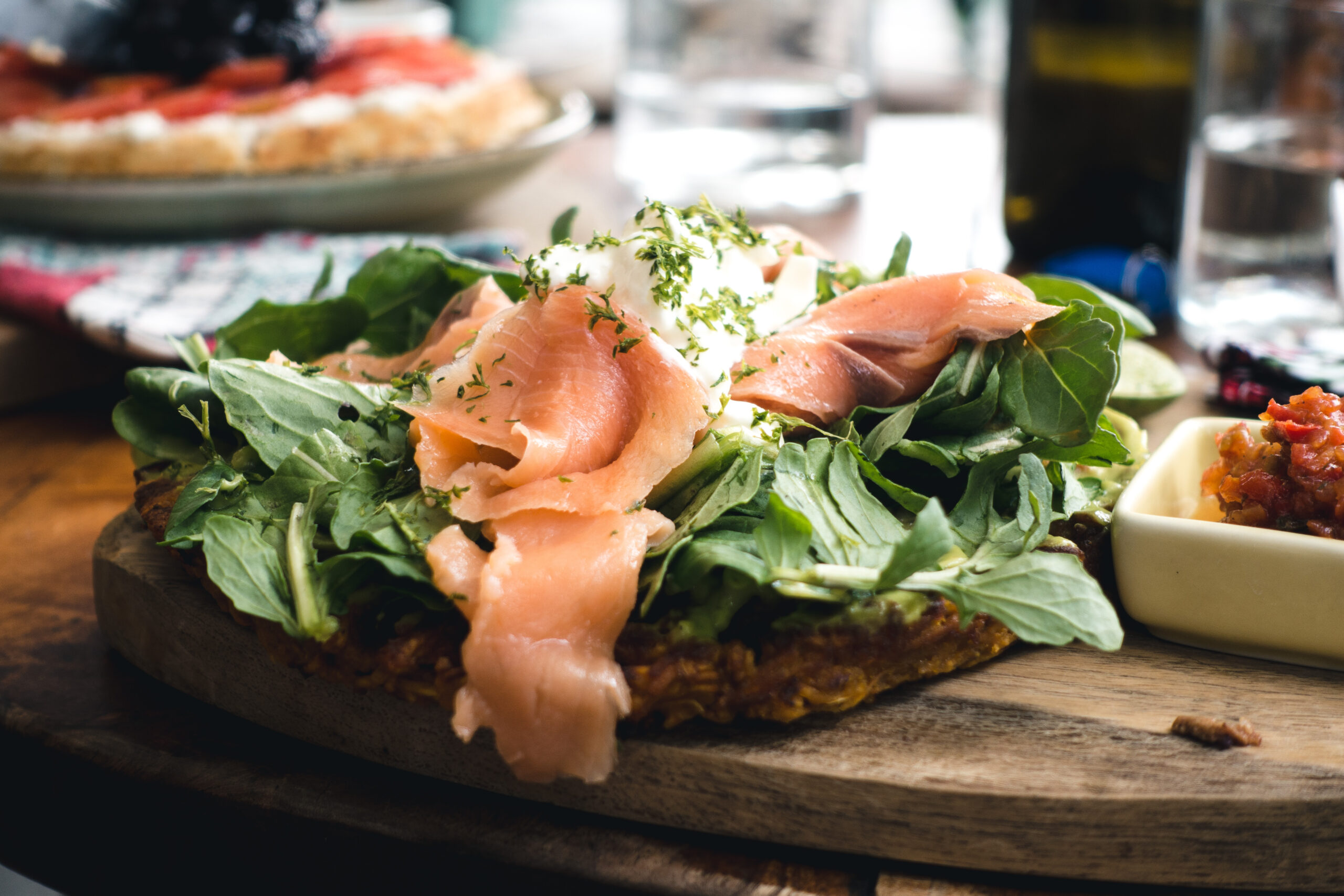Summary
Long before I discovered the pleasure of authentic Chinese cuisine, I was an avid fan of scallions. My mom simply loved them served raw as a condiment to heavier foods. I enthusiastically inherited her passion for raw and cooked scallions. Moving to China only embellished my affection for these most versatile foods.
Scallions are grown around the world but are native to China where they were first cultivated thousands of years ago. Through the ages the humble scallion has permeated the very soul of Chinese cuisine being an imitable ingredient in various Chinese culinary treasures. So many of China’s greatest and most-beloved snacks and dishes are simply unthinkable without scallions. Scallion pancakes, scallion-oil noodles and a multitude of other dishes depend on the unique aromas and flavors of this Allium plant. Can you imagine Peking duck without scallions? Pure blasphemy! Other culinary cultures have also embraced scallions.
In India, scallions are often served raw as an appetizer and used in chutney condiment. In the UK they’re commonly chopped and sprinkled on mashed potatoes or in potato salad, while in Vietnam they’re fermented and served during the Vietnamese Tet New Year holiday. Mexicans enjoy grilled scallions accompanied by cheese and rice, while the Japanese refer to them as tree onions and use them as toppings for tofu and other popular dishes.
Personally, I believe scallions are most delicious and healthiest when served with an appropriate partner wine. The diverse application of scallions in an incalculable number of culinary creations means there’s no one perfect wine partner. Rather, the more versatile the wine the greater number of scallion dishes will pair well. One wine style of sparkling wine does versatility in spades and pairs beautifully with a gamut of Chinese dishes featuring scallions.

Cava DO
The spiritual and commercial home of Cava is the Catalonian town of Sant Sandurni d’Anoia which is a pretty unremarkable place other than its status as home to the world’s two most important Cava producers, namely Codorniu and Freixenet. Spanish sparklers owe their success to a chap named Josep Raventos. After traveling extensively in France in the 1860s trying to sell the still red and white wines of the Catalan Producer Codorniu, Raventos returned to Spain and convinced the company to make a sparkling wine using the classic champagne method and local grapes. In 1872 the first real Cava was made by Codorniu, and not long afterward other Catalonian produced followed suit and experienced success in European markets and American markets as a lower price alternative to champagne wines.
Cava DO was legally established in 1986 and is somewhat of an oddity because several different wine regions can qualify for Cava DO status. Catalonia accounts for over 90 percent of Cava DO production but Aragon, Navarra, Rioja, Pais Vasco, Valencia and Extremadura can also produce Cava DO sparklers. The official demarcated area of Cava DO is significantly larger than champagne, and advanced winemaking facilities and mechanization allow big Cava producers to produce an astounding quantity of high-quality, good-value sparkling wines. In other words, Cava does scale exceedingly well.
The main grapes are the three local Spanish varieties Macabeu, Parellada, Xarel-lo, while Chardonnay, Pinot Noir, Subirat can also be used. Pink Cavas may be labeled Cava Rosado or Cava Rose and include additional red varieties like Monastrell, Garnacha, Malvasia. All Cava wines must be aged on the lees in the bottle for at least nine months and range in alcohol content from 10 to 13 percent. From bone dry to sweet, the styles of Cava wines include Brut Nature, Extra Brut, Brut, Extra Dry, Dry, Seco, Semi-Seco and Dulce. Typical well-made Cava offer fine and persistent bubbles, green apple and citrus aromas and stimulating and fresh palate.
Now a moment to laminate Cava’s lost opportunities in China. Nearly a decade ago I wrote an article speculating on what style of sparkling wine would take up the sizable challenge of competing with champagne in the China market.
I noticed that more and more young people, especially women, gravitated toward bubbles but desired a more affordable option to champagne. I proffered that the Prosecco and Cava sparkling wines of Italy and Spain respectively both had the requisite scale and attractive price points to take on champagne.
Unfortunately for Spain, the game in China is pretty much over as Prosecco has nearly cornered the market in China for affordable and approachable sparkling wines. Save for efforts by Freixenet some years ago, no Cava producer has made a serious effort to promote their wines in China. Likewise for the Cava DO Consejo authorities. I’m certainly a fan of Prosecco, especially Prosecco DOCG Superiore wines, but I wish we had more Cavas on the market. Fortunately, a few nice examples can be found.
In addition to the aforementioned Codorniu and Freixenet, recommended Cava producers include Segura Viudas, Raimat, Alsina & Sarda, Dubosc and Hammeken Cellars. As with other sparklers, Cava wines should be served well-chilled, about 8 degrees Celsius.
Where to buy in Shanghai
Idrinker Winery Shanghai, Room 618-619, Bldg A, 1759 Jinshajiang Rd, 6228-8819
Hammeken Cellars Flor del Montgo Cava DO
www.rubyred.com.cn
Alsina & Sarda Gran Reserva Brut Cava DO
Alsina & Sarda Reserva Brut Cava DO
Alsina & Sarda Semi Seco Cava DO
www.asc-wines.com
Freixenet Cordon Negro Cava DO
Freixenet Carta Nevada Cava DO





